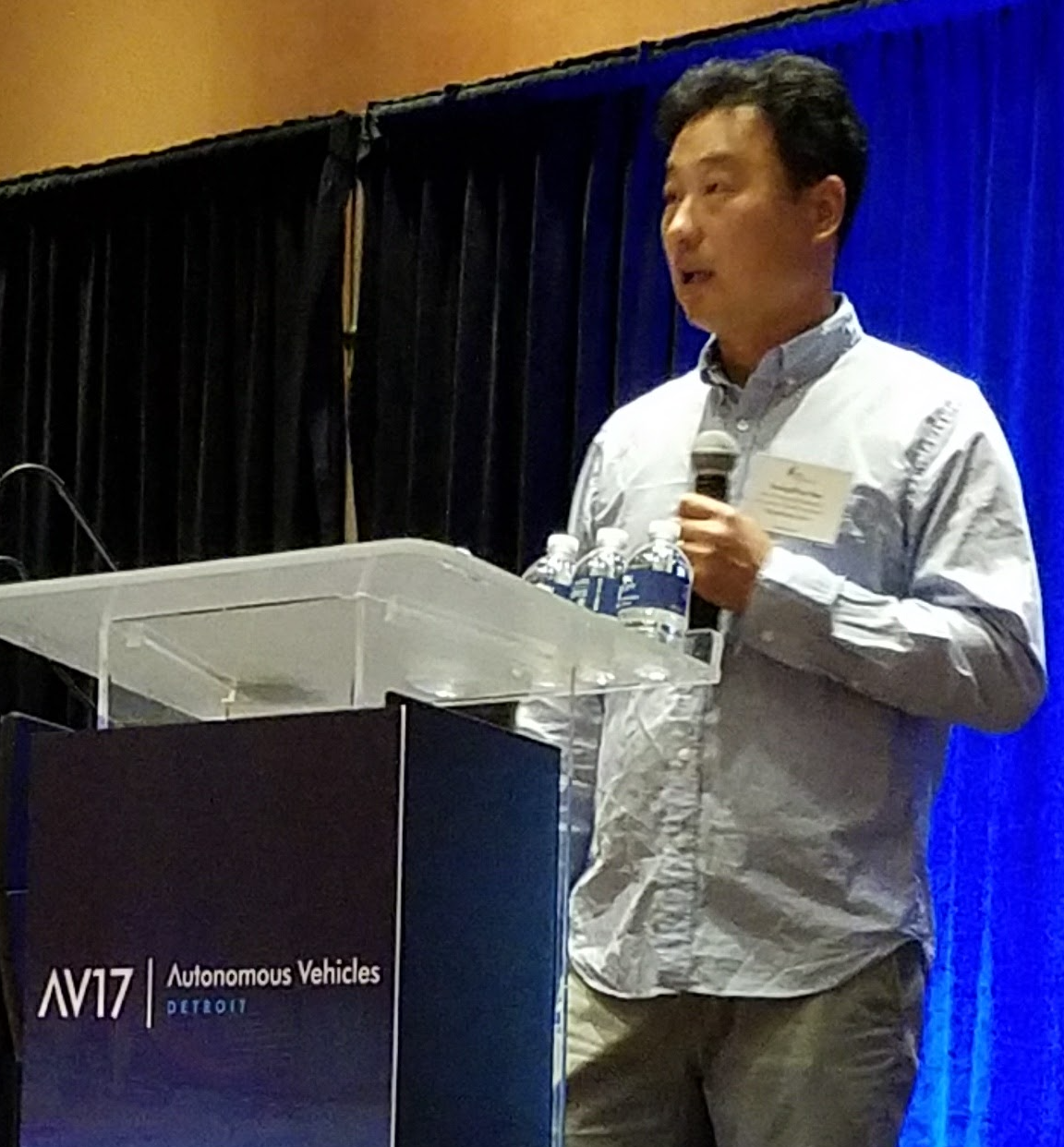A perception mechanism for supporting autonomous intersection handling in urban driving
Published in IROS-08, 2008
Knowledge of the driving environment is essential for robotic vehicles to comply with traffic rules while autonomously traversing intersections. However, due to limited sensing coverage and continuous changes in driving conditions, rigidly-mounted sensors may not guarantee coverage of all regions of interest, all the time. Unobserved regions around intersections increase uncertainty in driving conditions. This paper describes a dynamic sensor planning method that searches for the optimal angles of two pointable sensors to maximally cover relevant unobserved regions of interest. The obtained angles are used to adjust the orientations of the pointable sensors and hence reduce uncertainty around intersections. Simulation results show that the sensor planning method increases the percentage of covered area. In addition to the sensor pointing problem, we provide an initial discussion of how to reason about occlusions in an urban environment. Occlusions caused by structures and other environmental features can increase uncertainty in driving environments. An occlusion handling method is used to detect these occlusions and enable our vehicle to model the presence of occluded regions. An awareness of occlusions enables safer driving decisions.
Young-Woo Seo and Chris Urmson, A perception mechanism for supporting autonomous intersection handling in urban driving, In Proceedings of the International Conference on Intelligent Robots and Systems (IROS-08), pp. 1830-1835, 2008.
